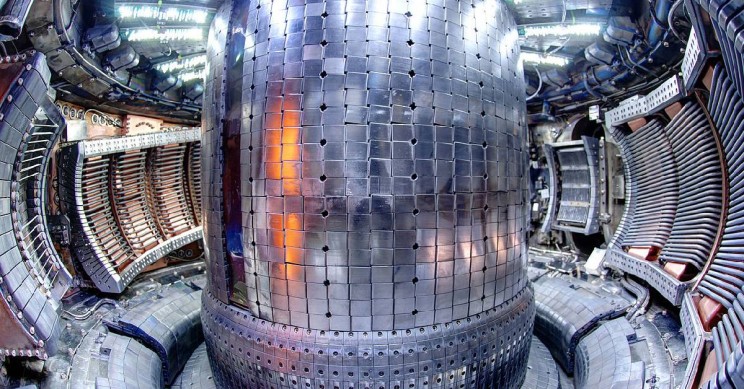©2021 Reporters Post24. All Rights Reserved.
Fusion energy science is a multi-disciplinary field focused on the science needed to develop an energy source based on a controlled thermonuclear fusion reaction. Fusion occurs when two nuclei combine to form a new nucleus. This process occurs in our Sun and other stars. Creating conditions for fusion on Earth involves generating and sustaining a plasma. Plasmas are gases that are so hot that electrons are freed from atomic nuclei. Researchers use electric and magnetic fields to control the resulting collection of ions and electrons because they have electrical charges. At sufficiently high temperatures, ions can overcome repulsive electrostatic forces and fuse together. This process—fusion—releases energy.
Fusion Energy Science Quick Facts
- Fusion offers a potential long-term energy source that uses abundant fuel supplies and does not produce greenhouse gases or long-lived radioactive waste.
- Fusion releases energy because the mass of its bound nucleus is less than the mass of it component protons and neutrons; the mass deficit is converted to energy through Einstein’s equation (E=mc2).
- A pickup truck filled with fusion fuel has the equivalent energy of 2 million metric tons of coal, or 10 million barrels of oil.
DOE Office of Science: Fusion Energy Science Contributions
U.S. government support for fusion energy research and development began in the 1950’s at the Atomic Energy Commission, the predecessor to the Department of Energy. Support for fusion continues in the Department of Energy Office of Science, which directs continuing research on the scientific basis for plasma confinement and other fusion-energy-related areas. The DOE fusion energy program helps researchers coordinate across the many fundamental sciences that are involved with fusion, including plasma physics, nuclear engineering, and advanced scientific computing. Scientists can create conditions for fusion with various techniques that use a variety of magnetic, electrical, and other methods to shape and control plasma. For example, magnetic confinement research facilities in the United States and United Kingdom have helped researchers better understand how to sustain fusion reactions and even generate power from them. This progress motivated the international collaboration on the ITER experiment, which aims to build and operate a burning plasma experiment based on a magnetic confinement concept called a tokamak. The U.S. contribution to ITER is managed by the Fusion Energy Sciences (FES) program within the Office of Science. Once built, ITER will be the world’s largest international scientific research facility.
Source: scitechdaily.com


